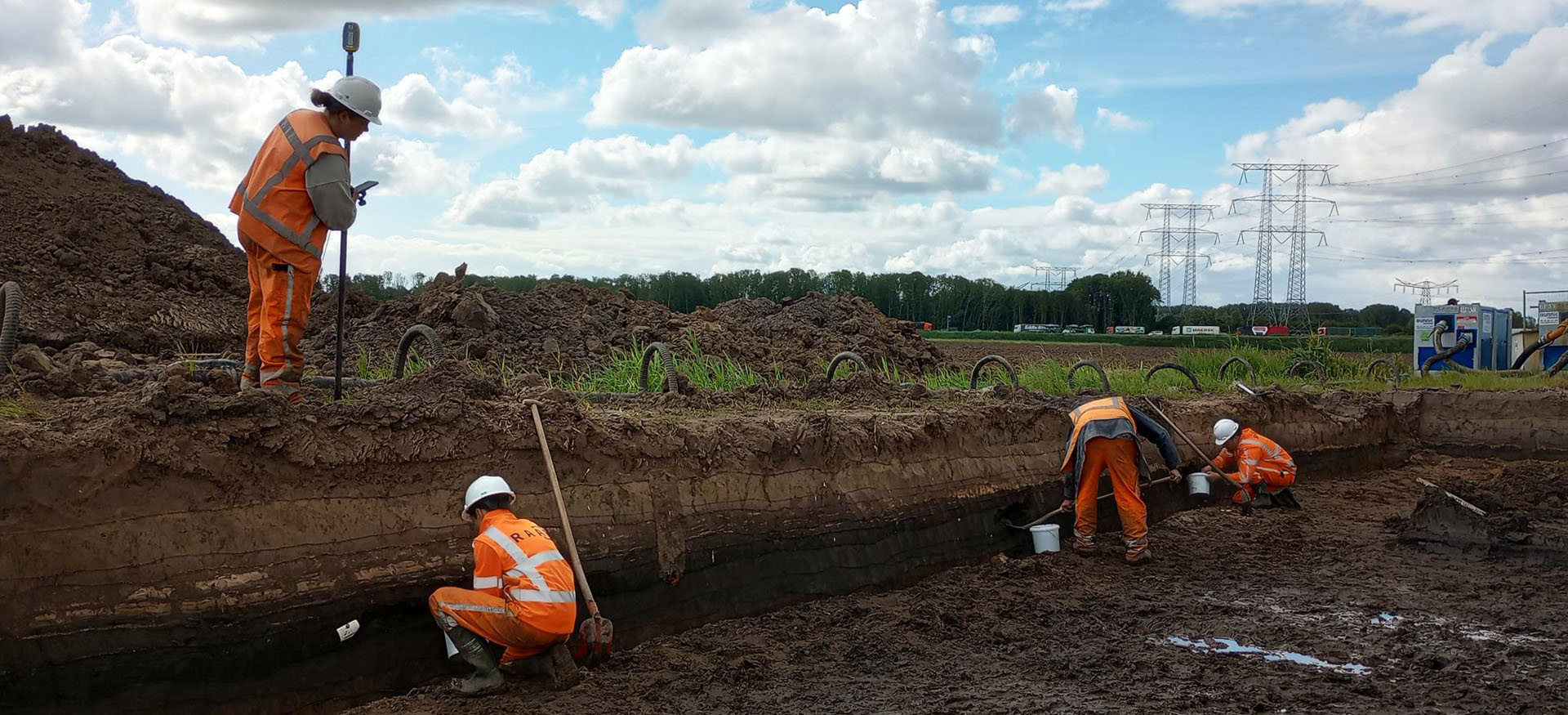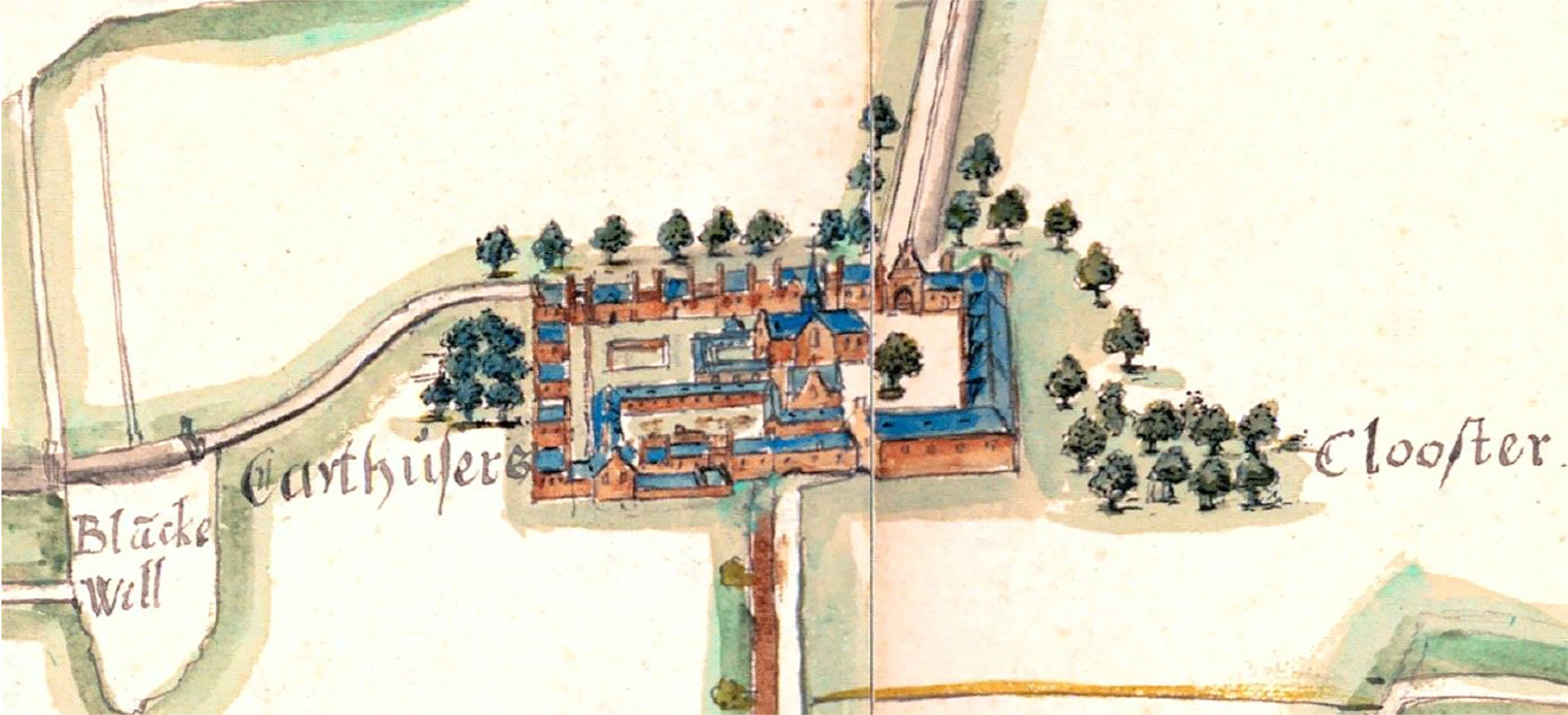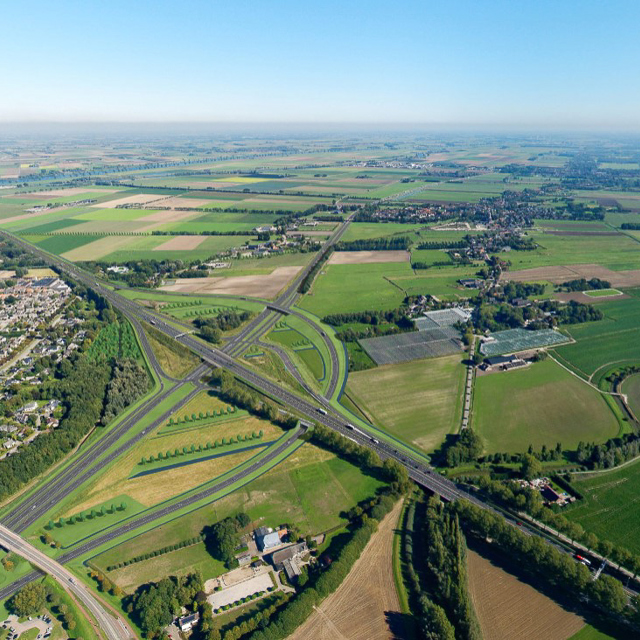Archaeology along the A27
The widening and improvement of A27 Everdingen-Hooipolder is a huge infrastructure project for which Ballast Nedam and Fluor are joining forces under the name ALSÉÉN. But before we improve highways, replace viaducts and bridges, and construct nature-friendly banks, a team of archaeologists is conducting thorough research. Sometimes with extraordinary results.
But, how exactly does such a survey work? We talk to Susanne Koeman, archaeology consultant within consortium ALSÉÉN.
Susanne, how will the soil of section Everdingen-Hooipolder be investigated?
"We always start with archaeological desk research in which we take stock of what research has already been done in the area, what the landscape looks like and what we expect in terms of archaeology. Rijkswaterstaat already started this research in 2019 and led to an archaeological expectation of the entire route. Along this route, thousands of archaeological borings have been set out, going 3 to 4 meters deep, to soil layers that were on the surface in 4000-6000 BC. This is how we visualize the structure of the soil and can tell if there is a promising archaeological layer in the ground."
"Sometimes they do. A piece of pottery or flint, for example. Based on the drillings, we make a new expectation for the entire route, and promising areas receive more intensive drilling research. We screen the material that comes up during these new drillings. This may be followed by a trial trench survey; we dig large trenches about 4 meters wide and 20 meters long. Depending on the situation and the find, we determine whether the find must be excavated or can remain in place. We coordinate this with Rijkswaterstaat and submit it to the municipality, which ultimately makes a decision on what to do next."
So there are all kinds of treasures hidden under our highways?
"Yes, beautiful isn't it? Although the Netherlands lies low, the sea and rivers have brought in sand and clay over the past thousands of years, slowly filling up our land. As a result, our soil consists of various archaeological layers in which all sorts of things have been preserved."
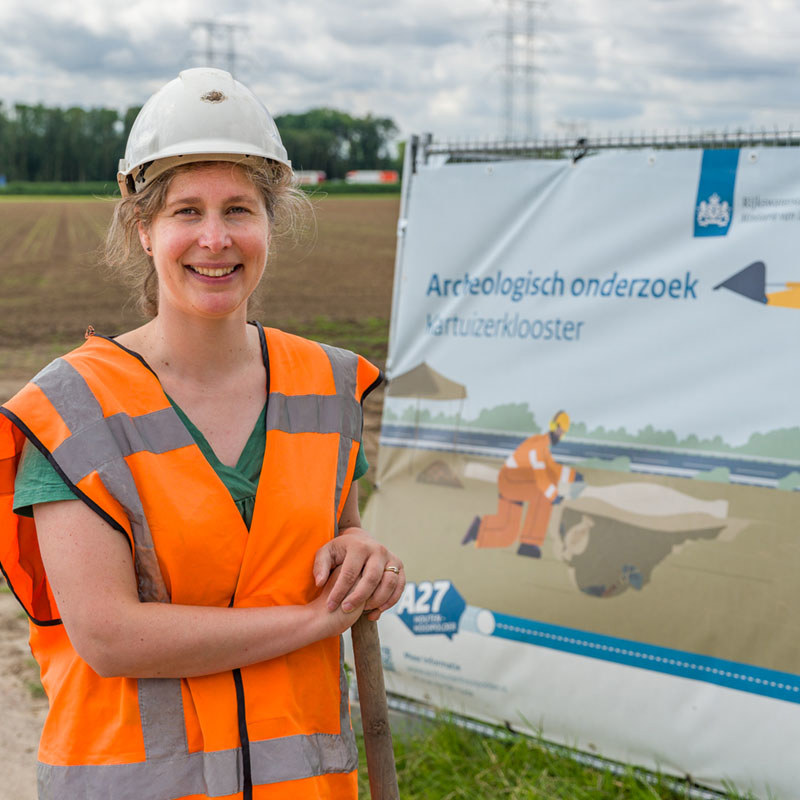
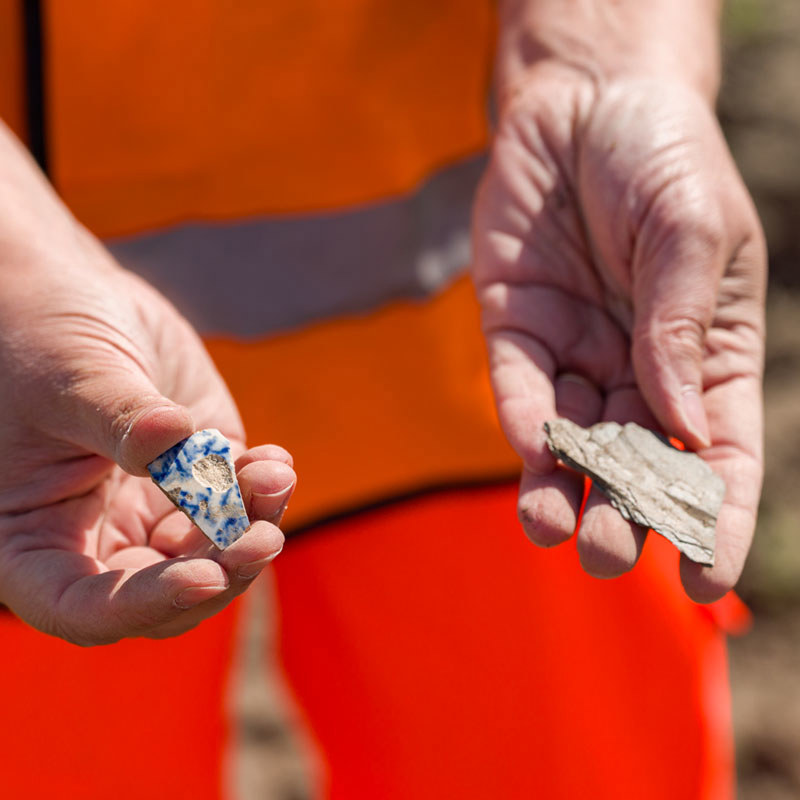
"The most extraordinary finds we made on an old monastery site where a new connecting road will soon be built from the A59 to Raamsdonksveer. Here we found pieces of flint that people used to make their tools. So we know that people lived in this place, around 6000 BC. That was the Mesolithic, or Middle Stone Age.
We have also found traces from the time of the monastery in the Middle Ages, such as discolored ditches, traces of fencing, pieces of pottery and other utensils. It remains special to discover something of people who lived thousands of years ago. The former monastery site is designated as an archaeological National Monument, so we also carefully coordinate everything we do with the National Cultural Heritage Agency."
There's a lot involved in that. What is the biggest challenge?
"The great thing is that infrastructure projects already take into account in advance the archaeological investigations involved. So there is plenty of room in the planning. But at the same time, the challenge also lies during project execution. The design is sometimes still being optimized, temporary construction roads are being laid, cables are being moved... These are things that sometimes only come into view during the execution of the project. We must organize this well so that archaeology is not overlooked. Especially at those times of changing designs or changes in the archaeological survey area, we have to be careful."
How will the investigations proceed now?
"Along the highway route, archaeological drilling and trial trenching will be carried out at many more locations, where new sites may be discovered. The work at the monastery site is finished, but for the archaeologists, only half of the work is actually done now. While the ALSÉÉN consortium continues to realize the project, the archaeologists are going to look at the finds, analyze them and prepare a report. So the complete inventory of these finds from prehistoric and medieval times will follow. We will definitely conduct more research on this."


